Darjeeling
A complete tourist and cultural guide
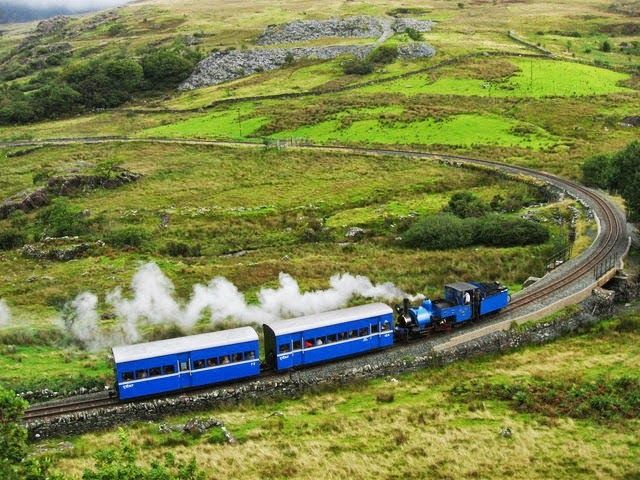
Darjeeling, often called the “Queen of the Hills,” is a beautiful hill station in West Bengal, nestled in the foothills of the Himalayas. Known for its sprawling tea gardens, stunning views of Mount Kanchenjunga, and pleasant weather, it attracts visitors from all over the world. The town is famous for its heritage toy train, colonial architecture, vibrant markets, and rich cultural blend of Nepali, Tibetan, and Bengali influences.
Must-Visit Attractions in Darjeeling
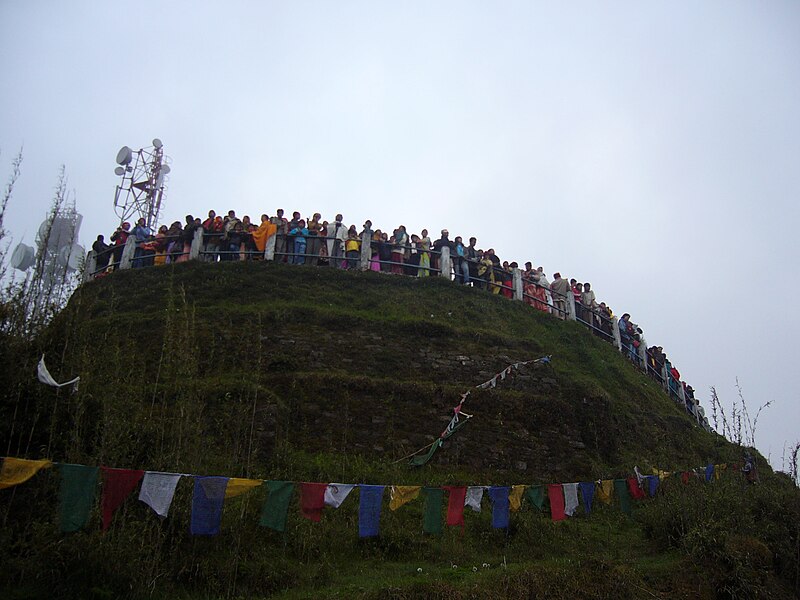
Tiger hill
Tiger Hill is famous for its stunning sunrise views over Mount Kanchenjunga and even glimpses of Mount Everest on clear days.
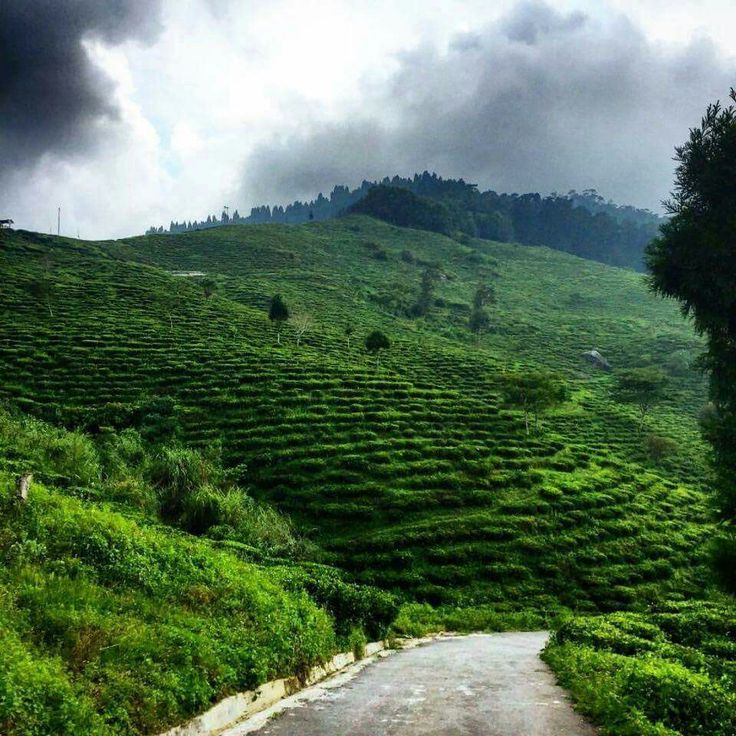
Darjeeling Tea Garden
Darjeeling Tea Garden is filled with lush and such a Happy Valley, gives you a glimpse into the tea-making process
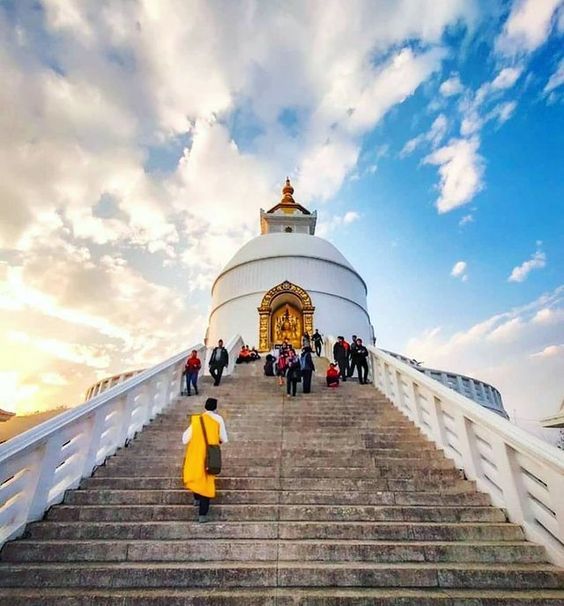
Peace Pagoda
Peace Pagoda is a beautiful Buddhist stupa located on the slopes of the Jalapahar hills. The calm atmosphere makes the place even more beautiful.
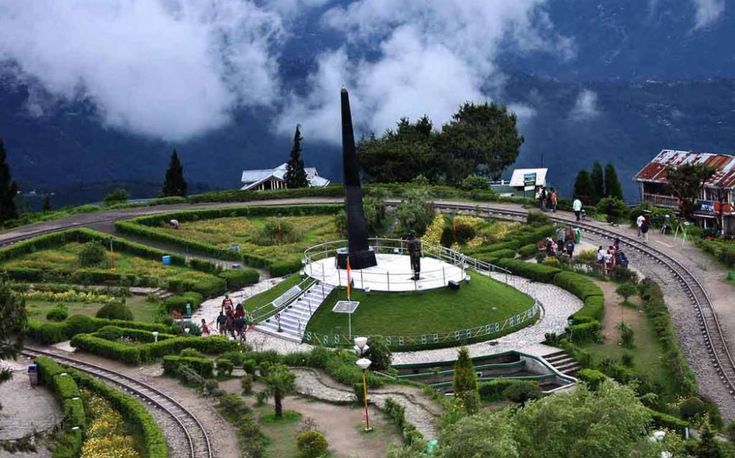
Batasia Loop
Batasia Loop was built to help the toy train navigate the steep slopes of the hills. Surrounded by a beautifully landscaped garden, the loop offers stunning views.
Major Attractions Nearby Darjeeling
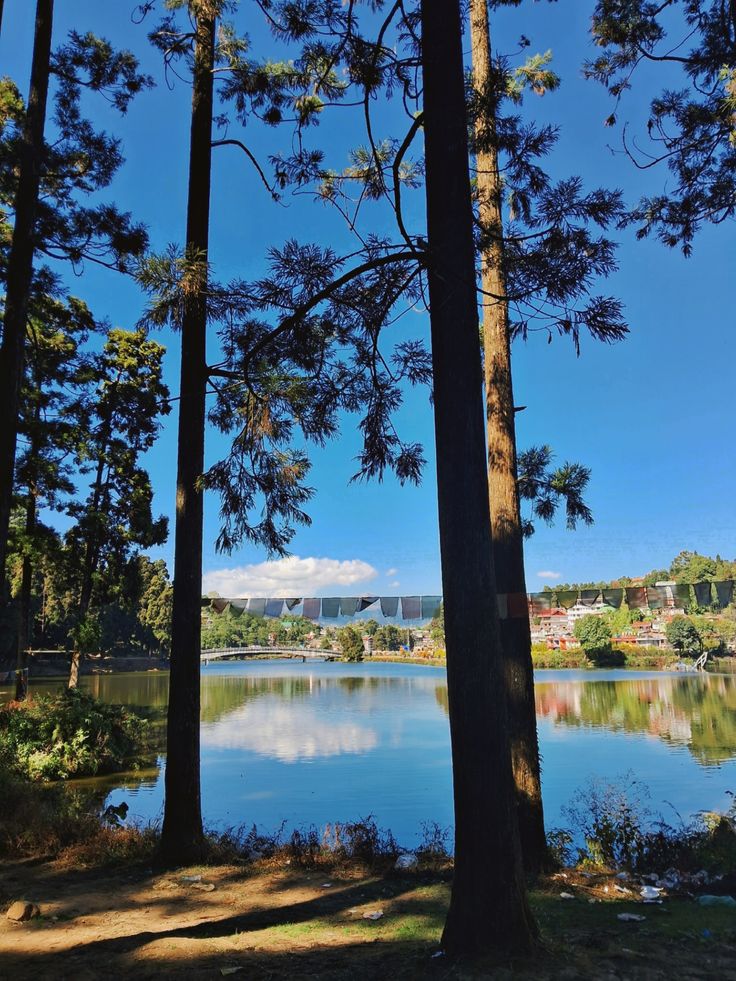
Mirik Lake
A serene hill town about 49 km from Darjeeling, known for Sumendu Lake, orange orchards, and tea gardens.
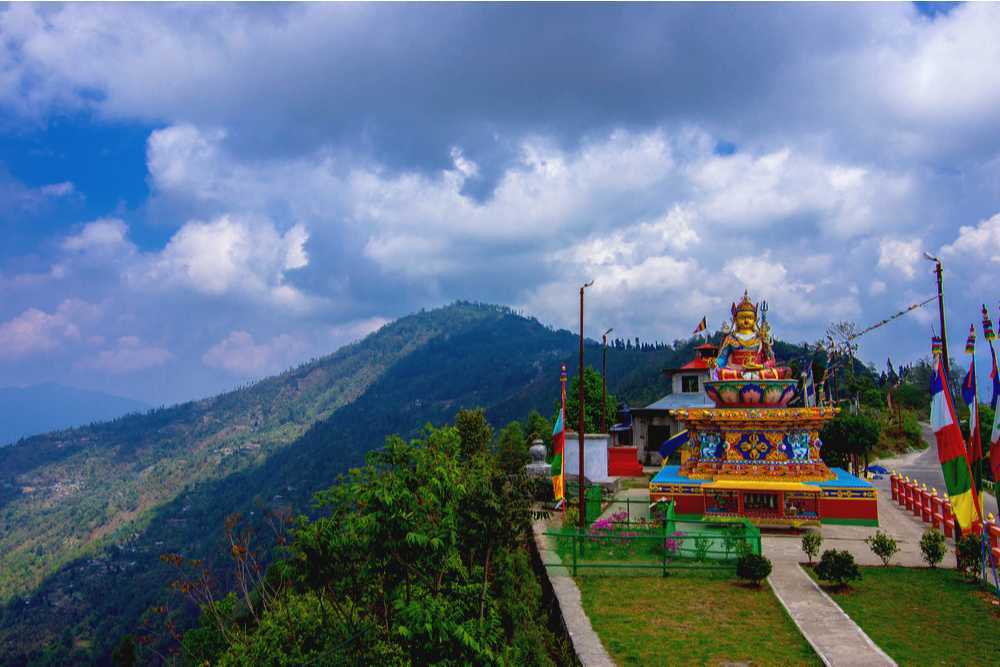
Kalimpong
Around 50 km away, it offers stunning views of the Himalayas, Buddhist monasteries, and cactus nurseries.
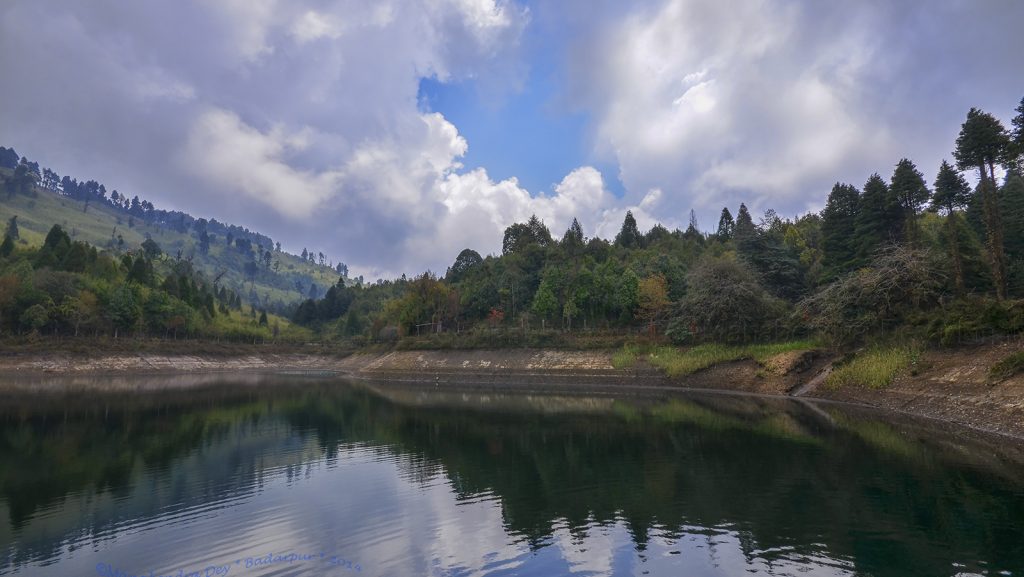
Senchal Lake
Near Tiger Hill, it’s a peaceful picnic spot surrounded by forests. Perfect for spending vacation.
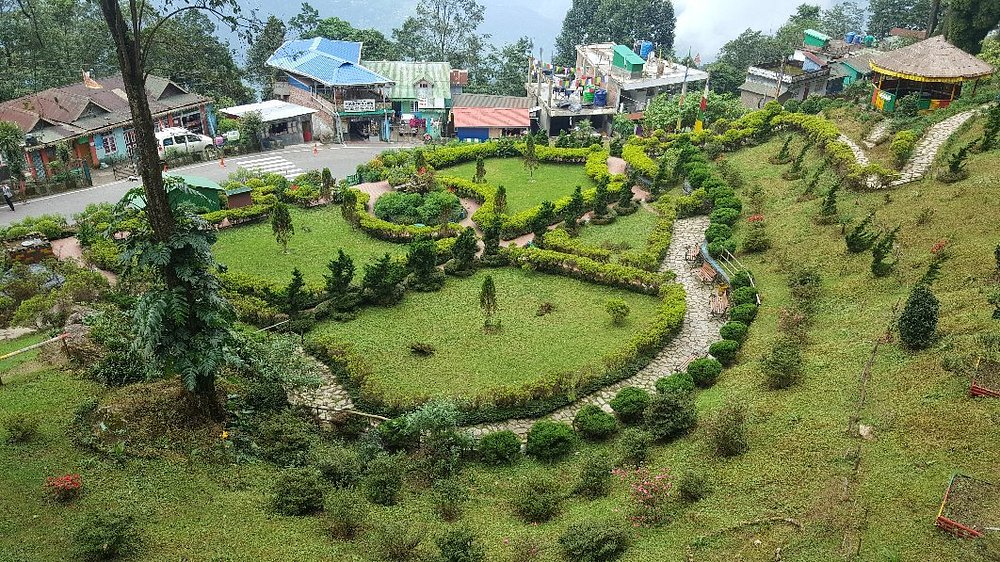
Lamahatta
About 23 km from Darjeeling, a picturesque eco-park with prayer flags and panoramic mountain views.
Things to do in Darjeeling
Darjeeling offers a perfect mix of adventure, culture, and scenic beauty for travellers.
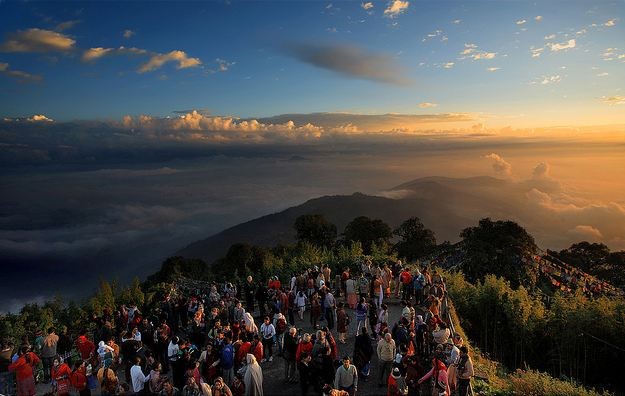
Watch the sunrise at Tiger Hill
Witness the golden rays lighting up Kanchenjunga and, on a clear day, even Mount Everest.
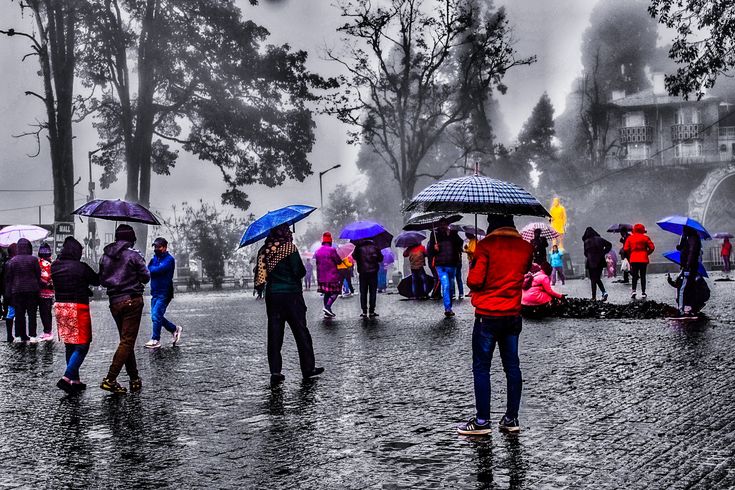
Shop at Chowrasta Mall Road
A lively area for shopping local handicrafts, woolens, and tasting street food like momos.
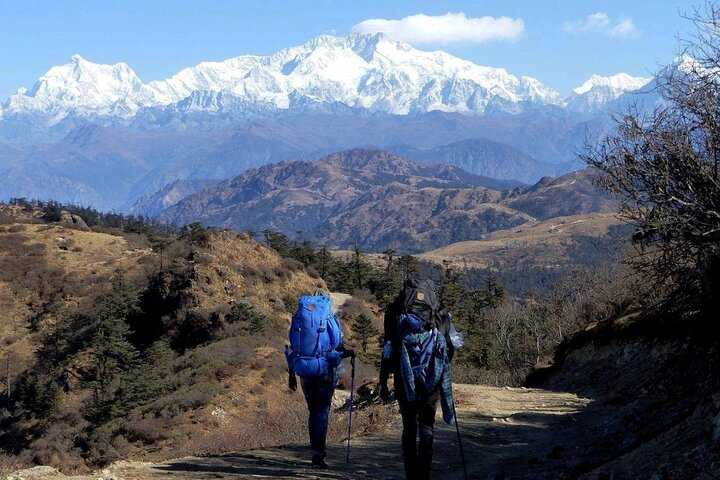
Go Trekking
Take an adventurous trek to Sandakphu for breathtaking views of four of the world’s highest peaks.
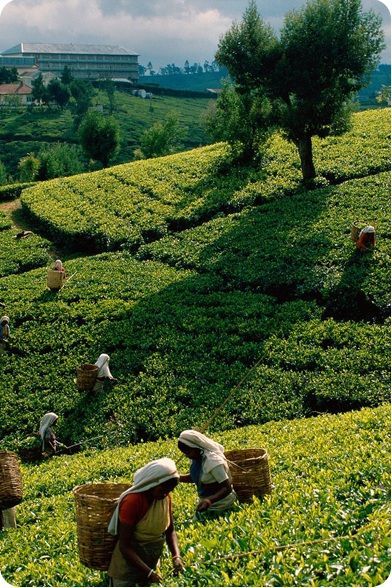
Visit Tea estates
Explore famous tea gardens like Happy Valley, see how tea is processed, and sip freshly brewed Darjeeling tea.
The Performing Art of Darjeeling
The performing arts in Darjeeling beautifully reflect the region’s cultural richness and diversity. Music and dance play an important role in the lives of the people, often seen during festivals, community gatherings, and celebrations. Performances are vibrant and full of energy, blending storytelling with graceful movements and rhythmic beats. Traditional instruments and colorful attire add to the charm, creating a deep connection between art and the natural beauty of the hills.
Ghazals and Adhunik Geet
Western Classical and Rock Music
Folk Music of the Hills
Darjeeling has a rich tradition of Nepali modern songs and ghazals, which reflect lifestyle of the hill people. Due to British influence during the colonial era, Western classical music and later rock music became prominent. Traditional Nepali folk music like Dohori and Bhajan is an integral part of Darjeeling’s cultural identity.
Maruni Dance
Tamang Selo Dance
Chutkey Dance
A vibrant traditional dance of the Nepali community, Maruni is performed during festivals and weddings. This dance belongs to the Tamang community of the hills and is performed to the rhythmic beats of the Damphu. Chutkey is performed mostly by women in a circle. It involves graceful hand and foot movements and represents unity and harmony among the people.
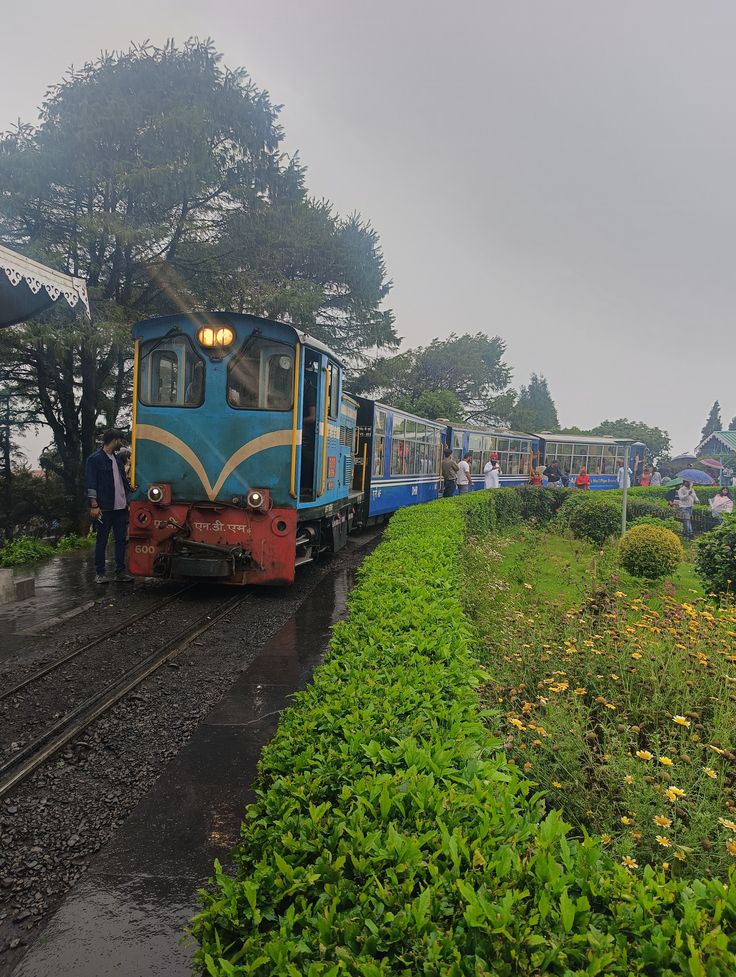
City Vibes of Darjeeling
Darjeeling includes a charming and serene vibe with its misty hills, sprawling tea gardens, and colonial-era architecture. The town blends a laid-back mountain lifestyle with a touch of cultural vibrancy, as bustling markets, cozy cafés, and cheerful locals fill the narrow streets. The sound of prayer flags fluttering in the wind and distant whistles of the toy train create a soothing rhythm that reflects its unique character.
Heritage of Darjeeling
The heritage of Darjeeling is a rich blend of colonial history, cultural diversity, and natural beauty. Once a favored hill station of the British, the town still showcases elegant colonial-era buildings, churches, and schools. Surrounded by lush tea gardens and monasteries, Darjeeling’s heritage beautifully connects history with the charm of the hills.
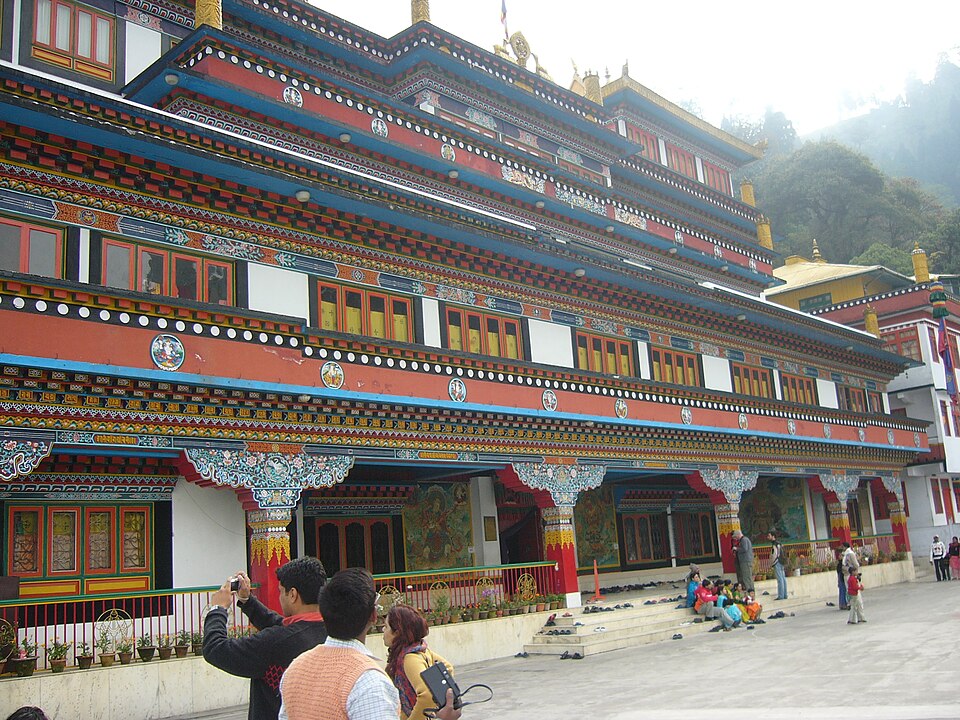
Cuisine of Darjeeling
Darjeeling is a paradise for food lovers, offering a variety of traditional delights.
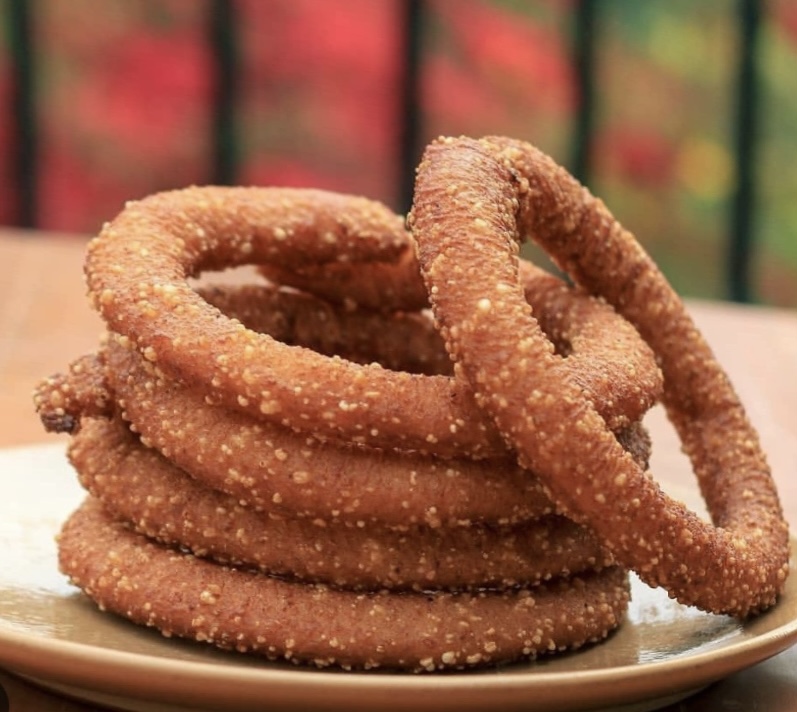
Sel Roti
A ring-shaped sweet bread made from rice flour, commonly eaten during festivals and with tea. Served with matar and til chuntney.
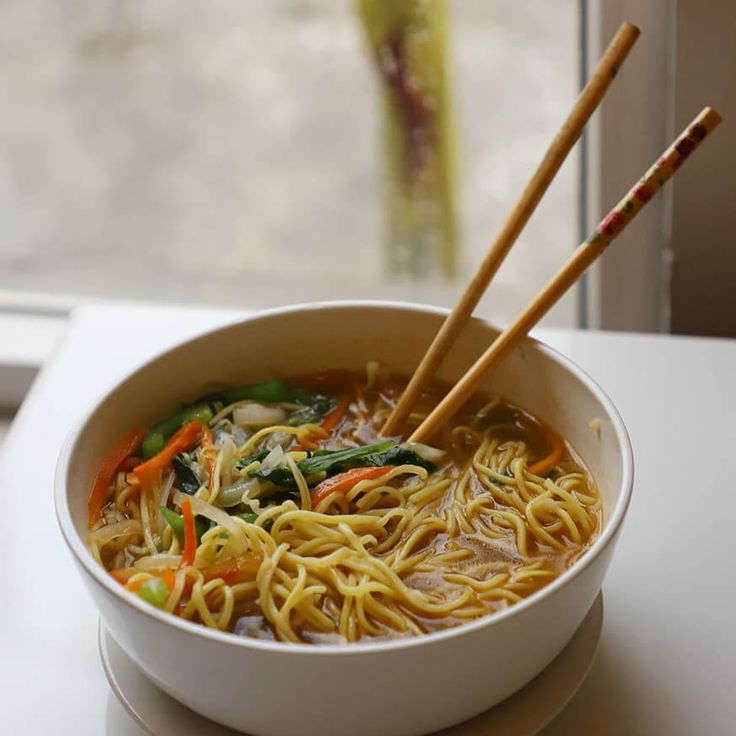
Thukpa
A Tibetan noodle soup made with vegetables, chicken, or beef, perfect for the chilly weather. Somewhat like chowmin but soupy.
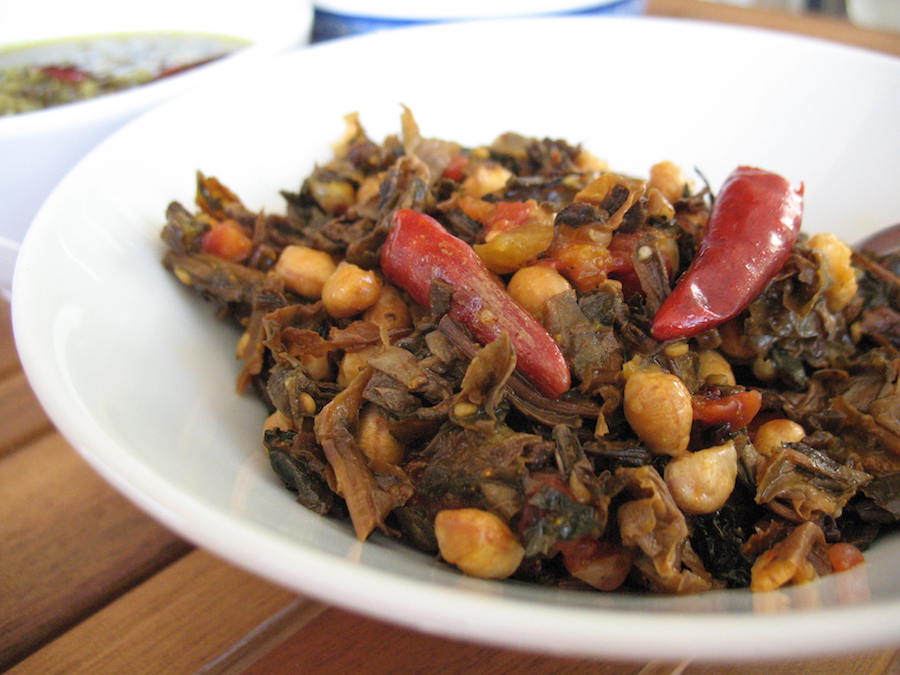
Gundruk Soup
A traditional Nepali soup made from fermented leafy greens, popular among the locals. Consumed during winter and rainy days.
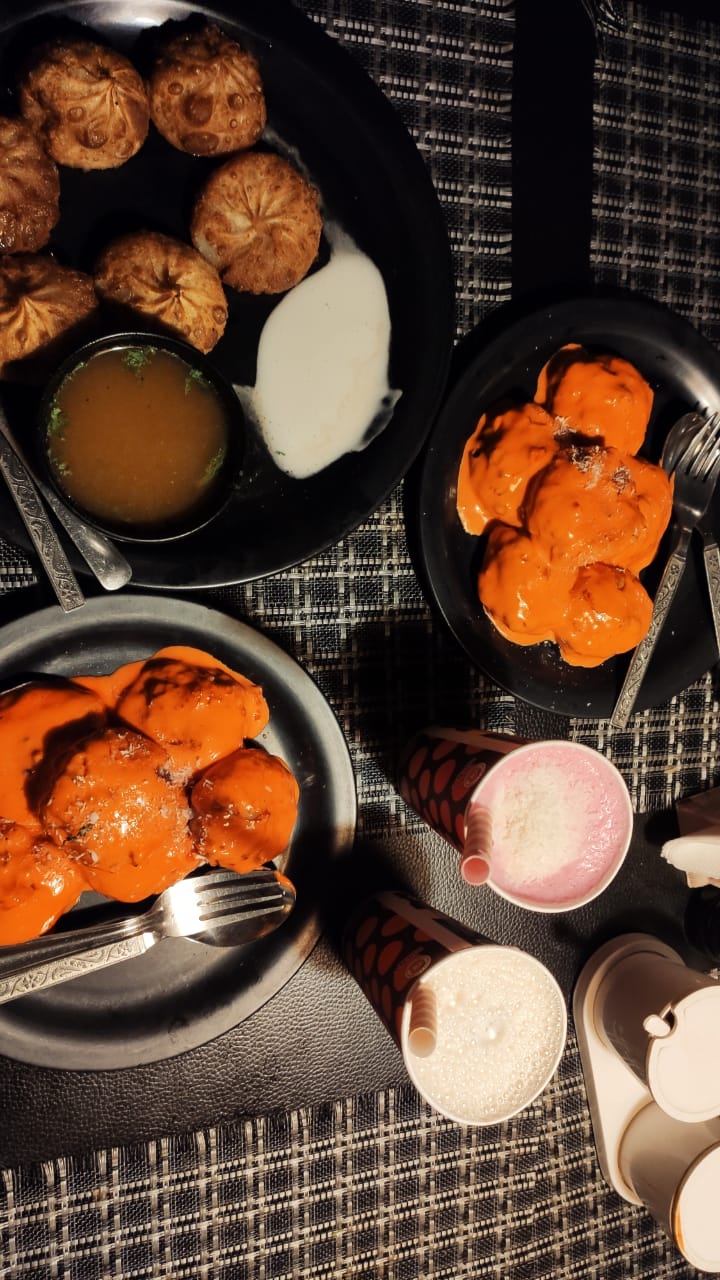
Momo
Steamed dumplings filled with vegetables or meat, served with spicy chutney. It’s one of the most loved street foods in Darjeeling.
Shopping in Darjeeling
The hill town is a haven for shoppers looking for unique souvenirs and local specialties. From handcrafted woollens and intricate Tibetan artifacts to aromatic teas and organic spices, there’s plenty to explore.
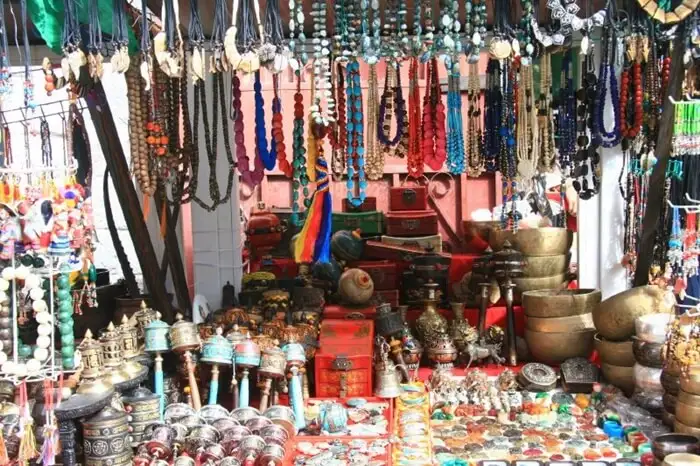
Handmade Wollens
Soft, warm sweaters, shawls, gloves, and scarves knitted by local artisans make perfect souvenirs to remind you of the cosy mountain vibes.
Tibetan Artifacts
Intricately crafted prayer wheels, singing bowls, thangka paintings, and incense sticks reflect the Tibetan culture.
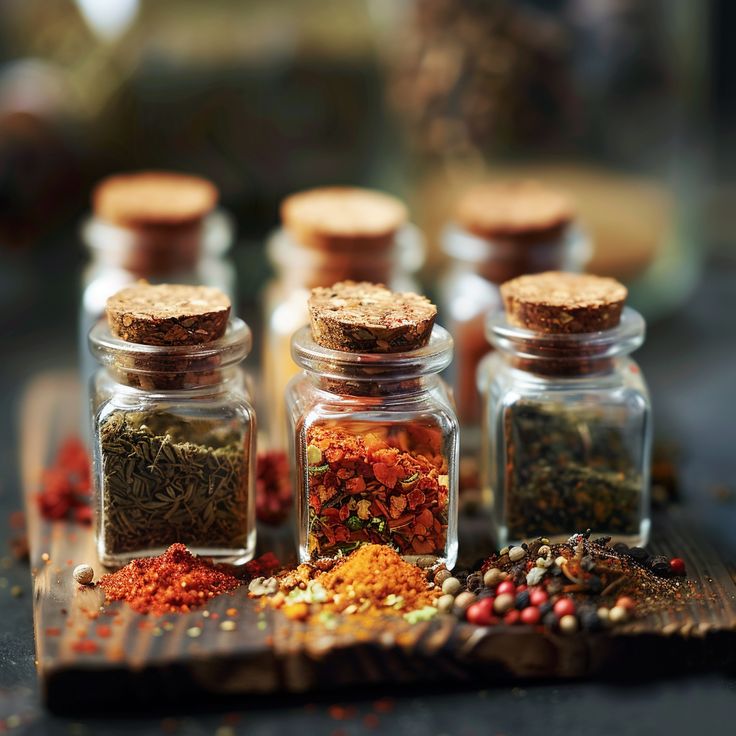
Local Spices
It is known for its rich variety of local spices that add unique flavors to its cuisine. They are prized for their strong aroma and medicinal properties.
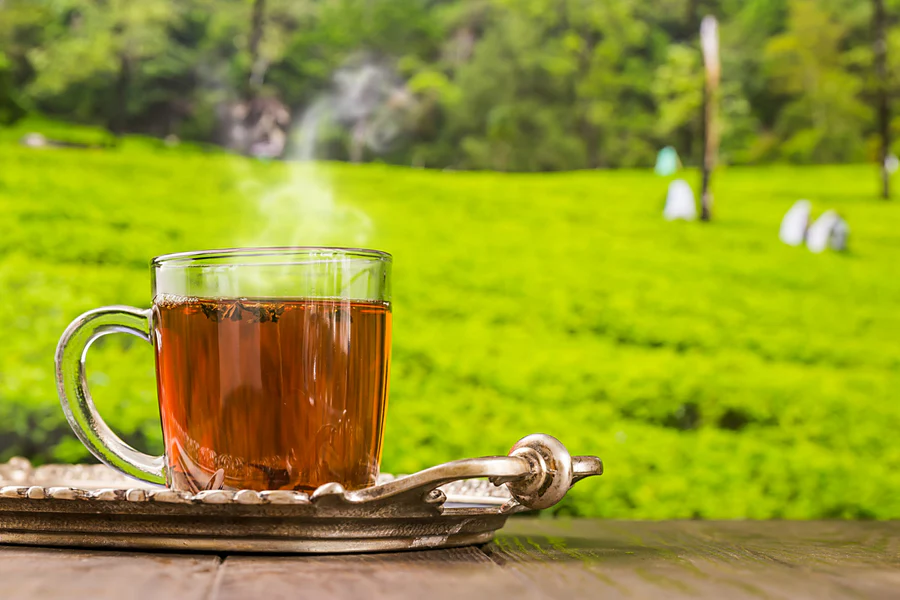
Darjeeling Tea
World-renowned for its delicate aroma and taste, it’s a must-buy for tea lovers. The flavor of chai after adding this leaves is phenomenon.
Tourist's Handbook
The best time to visit Darjeeling is during the spring and autumn months, from March to May and September to November. During spring, the weather is pleasantly cool with clear skies, blooming rhododendrons, and fresh mountain air, making it ideal for sightseeing and outdoor activities, These seasons avoid the heavy monsoon rains of June to August and the chilly winter months from December to February, providing a comfortable and scenic experience for travelers.
Check the weather forecast – Carry warm clothes as the weather can change suddenly, especially in the evenings.
Avoid traveling during monsoon – Roads may be slippery and prone to landslides between June and August.
Use registered taxis – Always hire pre-paid or registered taxis to avoid overcharging or scams.
Stay hydrated and eat light – The hill altitude may cause mild discomfort for some travelers.
Keep cash handy – ATMs are limited in some areas; carry enough cash for small purchases.
Getting around in Darjeeling is a delightful experience as you navigate its charming hill roads and scenic pathways. The most common way to explore the town is by hiring local taxis, which are easily available and ideal for visiting nearby attractions. For shorter distances within the town, you can enjoy leisurely walks through the bustling streets and serene tea gardens, soaking in the mountain air.
Overcharging taxi drivers – Some drivers may quote inflated fares; always agree on a price beforehand or use prepaid taxis.
Fake tour guides – Avoid unlicensed guides who may mislead you or charge extra for “special access.”
Low-quality tea sold as premium – Be cautious when buying tea from roadside vendors claiming it’s from famous estates.
Shopkeepers hiking prices for tourists – Bargain politely in local markets to avoid paying more than the actual value.
Varanasi Blogs
- Uttar Pradesh Cultural guide
- Places to visit in Varanasi
- Places to visit nearby Varanasi
- India’s most popular destination
- India’s archaeological marvels
Recommended articles
- Uttar Pradesh Cultural guide
- Places to visit in Varanasi
- Places to visit nearby Varanasi
- India’s most popular destination

